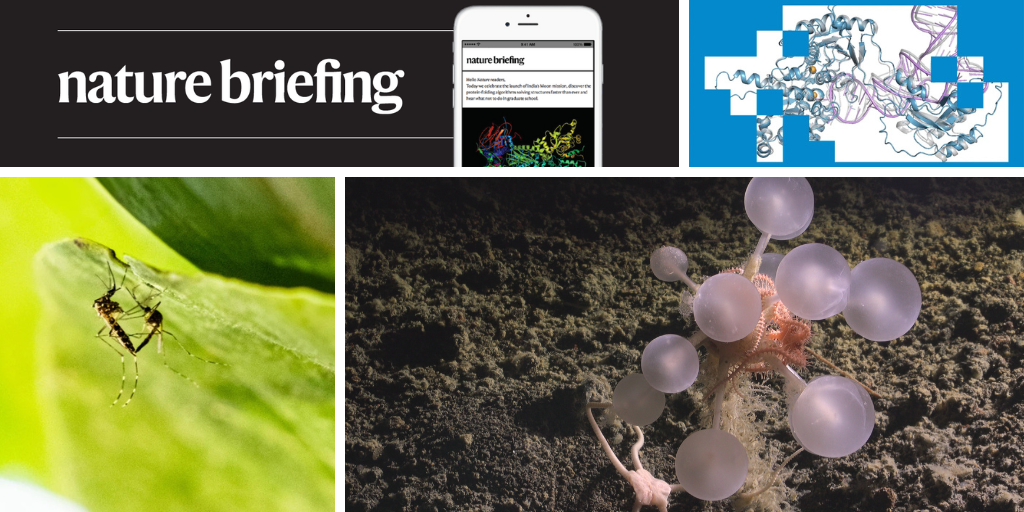
"Female Aedes mosquitoes mate only one in their lifetimes, but are pursued by males relentlessly. This led researchers to theorize that the insects have a mechanism of stopping copulation. Using fluorescent sperm and some careful camera work, the team found that when a male Aedes mosquito initiates contact, the female must extend the tip of her genitals by a fraction of a millimetre to initiate the act. Without this subtle movement, the male's efforts fail."
"Scientists have released a sneak preview of a new open-source artificial intelligence (AI) model, OpenFold3, which predicts the 3D structures of proteins from their amino acid sequences. This preview version of the tool doesn't have the same functionality as Google DeepMind's revolutionary AlphaFold3, but its developers hope to use researcher feedback to improve the model. A full release of the tool is planned in the coming months and comes as part of a wider push to develop fully open-source versions of AlphaFold3."
"The polymerase chain reaction - the fundamental science behind infection-detecting PCR tests - originated from work on bacteria found in hot springs. Brain-imaging MRI machines emerged from the study of the fundamental physical properties of the atomic nucleus. Even flat-screen TVs have their roots in studies of chemicals that were isolated from carrots. These are just some examples of world-changing 'blue skies' research - now at risk from major government funding cuts in the United States - that was only later found to have wider applications."
Three perspectives evaluate solutions for the global plastic-pollution treaty, addressing policy design, waste management and industry roles. Female Aedes mosquitoes mate only once, and successful copulation requires a minute extension of the female genital tip, demonstrated using fluorescent sperm and precise imaging. An open-source preview of OpenFold3 offers protein 3D-structure predictions from amino-acid sequences, with a full release planned and community feedback sought. Historical examples show that foundational 'blue skies' research produced technologies such as PCR, MRI and flat-screen displays, illustrating broad impacts of basic science.
Read at Nature
Unable to calculate read time
Collection
[
|
...
]